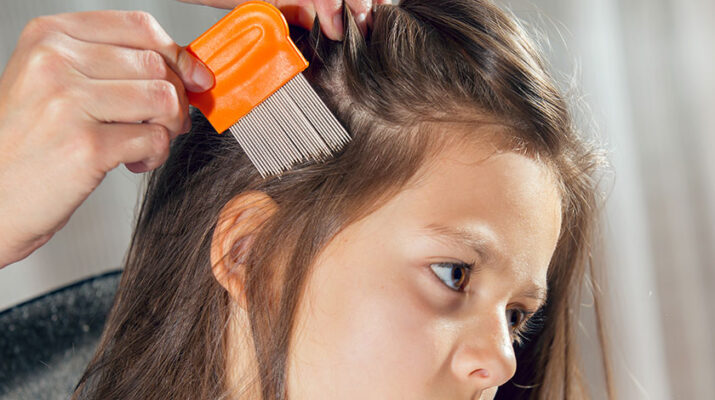The good news is lice don’t carry disease
By Barbara Pierce
Few things fill parents with dread more than learning that their child has been exposed to head lice. There is no need to panic, though. It’s treatable.
People fear head lice more than spiders, bed bugs and even serious health concerns like Lyme disease and influenza.
Head lice is common, especially in children aged 3 to 11, said physician Krista Lauer, online at www.nyssba.org (New York State School Boards Association). “This often results in school absences, lost time from work for parents or caregivers, and social isolation for the affected child and their extended family.”
• What are head lice:
Head lice have been around for many centuries. Highly infectious, they are not a sign of poor hygiene. They affect children across all levels of income, social class and cleanliness. The bugs can survive underwater for up to six hours, so kids who bathe regularly are just as vulnerable. The good news is lice don’t carry disease.
• Are head lice a serious health threat?
“No,” said Lauer. “Head lice do not transmit infections and they are not a communicable disease.” They are an annoyance, an inconvenience, not a major health concern. They do not make your child feel sick.
They are transferred most easily by head-to-head contact.
Head lice are most common in young children who go to day care, preschool, or elementary school. Children of this age often play together closely and with more hair-to-hair contact. They may share brushes, hats, hair clips, etc. Adults who live with children have a higher risk of getting head lice.
Lice cannot jump or fly; they can only crawl.
• Symptoms of head lice:
They are pure annoyance — a lot of itching on the scalp, behind the ears, around the hairline, and the back of neck. There can be sleepless nights for some. However, skin infections can result from repeated scratching, so parents should be on the lookout.
• What to do if my child gets head lice:
Head lice can be treated at home. With treatment, all lice and nits (eggs) are usually killed and there are no lasting problems.
The first thing to do after you learn of the exposure is to sit your child down and go through their hair with a fine-toothed comb, section by section, to look for live lice. Combing through wet hair is an ideal way to spot an infestation.
They are tiny crawling bugs that you can see. They cling to the scalp and neck and are about the size of a sesame seed. Nits are glued onto hairs near the scalp; they look like dandruff. Removing the dead nits is not essential or urgent. However, it prevents others from thinking your child still has untreated lice.
If you do detect an infestation, purchase Rid or Nix (over-the-counter), or call your doctor to discuss treatment options. Your doctor may recommend a prescription medicine.
“Get a prescription from your child’s doctor,” recommended a pharmacist in New Hartford who wished to remain anonymous. “We do have specific medication for head lice. It’s covered by most insurances and you’ll save money.”
Follow the directions for the medication. Medication should always be applied by an adult. Check with your health care provider before starting a second or third treatment. Wait 10 days before beginning a new treatment. You should also ask your health care provider before using medicine on a child 2 years or younger.
Most treatments need to be repeated after seven to 10 days because they kill live lice and not nits. If you use Rid or Nix and still see live bugs in your child’s hair a few days after you’ve treated them, call your pediatrician for prescription medication.
• Can my child go to school with head lice?
Despite the recommendations of the American Academy of Pediatrics that schools allow students with lice to attend, schools have their own policies, which differ from district to district. Check with your local district to be sure that you have the most up-to-date policy.
• How to prevent spread
If you find lice or nits on one family member, check everyone. Treat everyone who has been infected at the same time.
The affected child or adult should avoid close contact with others until after the first treatment.
As important as carefully following the directions for the lice treatment you choose is to decontaminate appropriate household items to prevent reinfection.
Lice can’t live for more than 24 hours off the human body. Vacuum your child’s room, and soak hair brushes for one hour in anti-lice shampoo. Wash your child’s sheets, blankets, pillow cases and clothes worn in the past two days in hot water.
Call your doctor if the skin becomes red, swollen and painful or the lymph nodes in the neck become tender. These may be signs of a skin infection.

